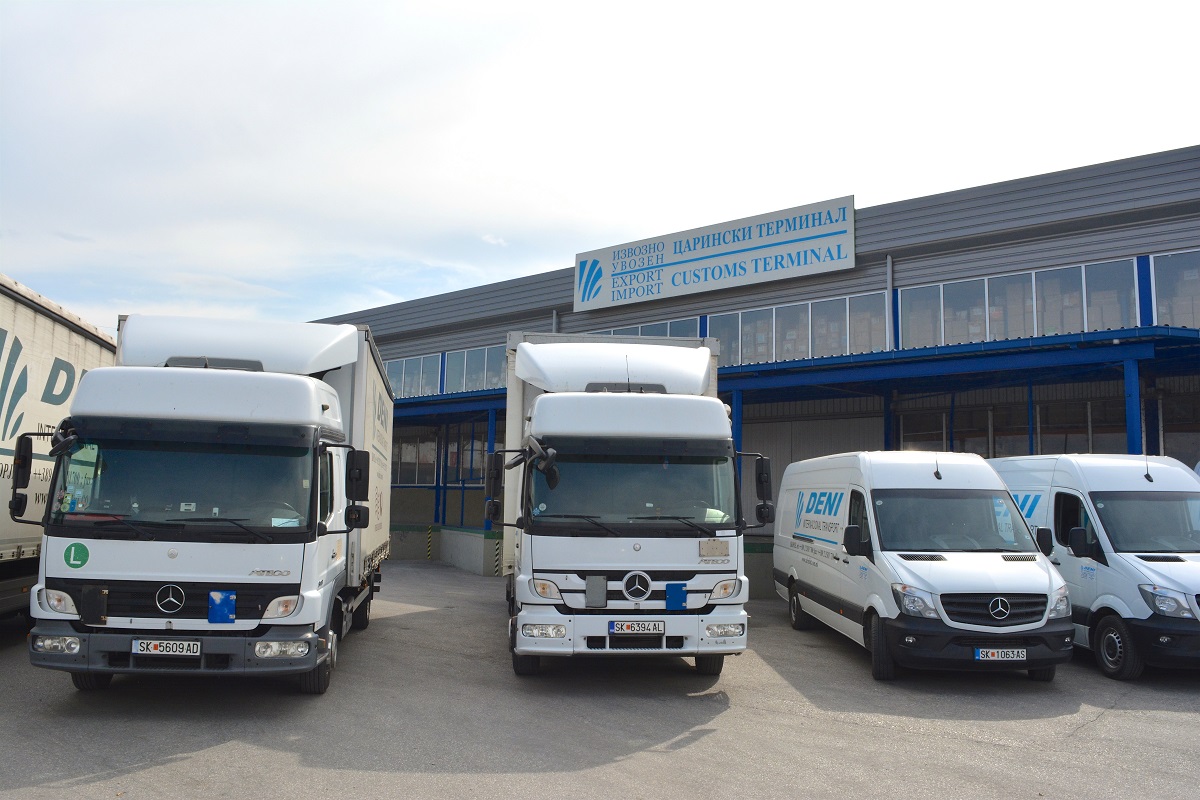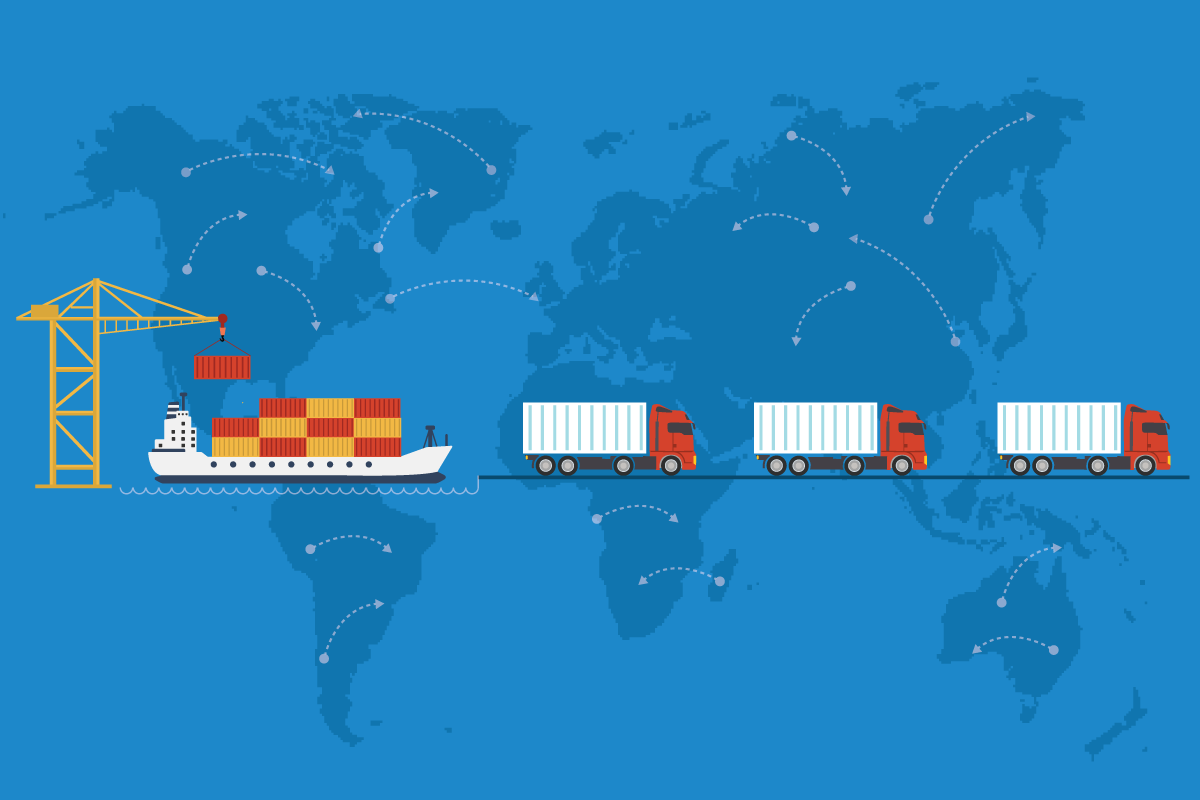From Destination Port to Buyer – Transportation Process Explained
With the expansion of the economy, the trucking industry is continually reinventing its transportation process. This is made not only to make the process clear and handled but to meet buyers’ needs and deliver their cargo safe.
The protocol of handling and transporting goods is rather complex and there are always buyer’s questions on why cargo travels 1 to 3 months.
In addition, this is how your shipment travels:
1. Destination Port
The destination port is the port of loading i.e. the place where the shipment is actually loaded. Shipment’s stay at every destination is part of the transportation process. Having said this, the shipment stays at the Destination Port according to the time that the buyer decides to pay for the goods and is usually from 1 to 5 days.
2. Customs
The next move is customs clearance. The freight forwarder here files the documents to clear goods through customs. During this transportation process from destination port to buyer, it is important to get experienced and professional custom broker for the CBP Form since documentation varies in a transportation process regarding the different country regulations.
The documentation in this destination port to buyer process made by the importer to the buyer includes the following:
- Custom Entry Form – this documentation includes detailed shipment information including taxes and duties
- Custom Release Form – speeds up the release of the goods where the freight forwarder has 10 days to file the Custom Entry Form.
- HTS codes – digit numbers needed for the import of your goods where you or your freight forwarder need to know it
3. Warehouse
After the transportation process is finished in customs, the next move of the shipment is to the warehouse. Once it is delivered to the warehouse, the goods are stored and wait there until the documents are completed for the buyer to get its delivery.
4. Trucking – Destination Port to Buyer
During this trucking process, the goods are loaded on the truck trailer and ready to move forward to the buyer’s destination. Here, the transportation company issues a trucking bill of lading which is used as a confirmation to the buyer that the goods are loaded and handled.

Furthermore, the person issuing the trucking bill of lading is releasing a delivery order D/O which is a document that permits the delivery of goods to the carrier. After the documents are filed, the shipment then hits the road to the buyer and travels within 1 to 5 days.
5. Buyer
Once the shipment has arrived safely, it is delivered and handed to the buyer. After the arrival, the trucking company sends the freight forwarder a proof of delivery. When the transportation process is over and the buyer has its goods delivered, he will sign the documents only if the goods are undamaged and in good condition.
A proof of delivery is a document functioning as a receipt that the shipment of goods has been completed in the transportation process. The proof of delivery is a form filed every time a delivery reaches the final destination, which in this case is the buyer. It has the recipient’s name, the date and the time of delivery and other information on the delivery.
Final Thoughts
As much as consumers want to have their deliveries sooner, it is impossible due to the documentation of the transportation process. Pretty often, the buyers will blame it on the carrier for overdue delivery without being aware of the factors causing the delay.
Besides the traffic, the documents needed vary from country to country and the stay of the shipment is all due to the country’s laws. Even though you hate that your goods travel that long, the destination port to buyer transportation process is made this complex for the shipment’s safety and the carrier’s aim to deliver those goods undamaged.






